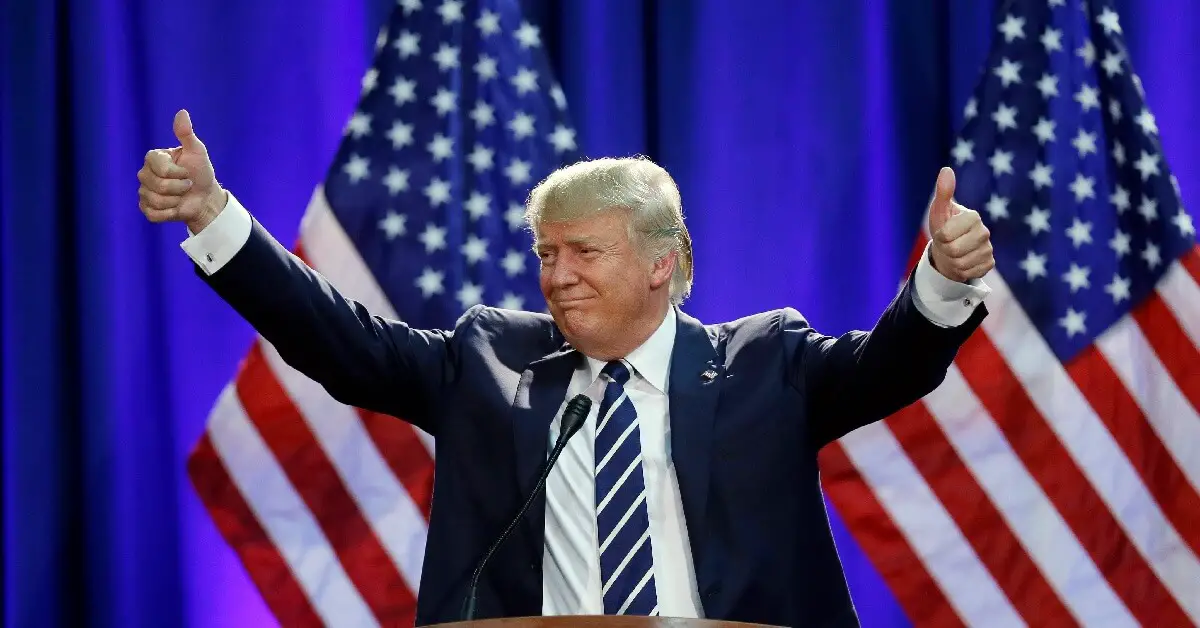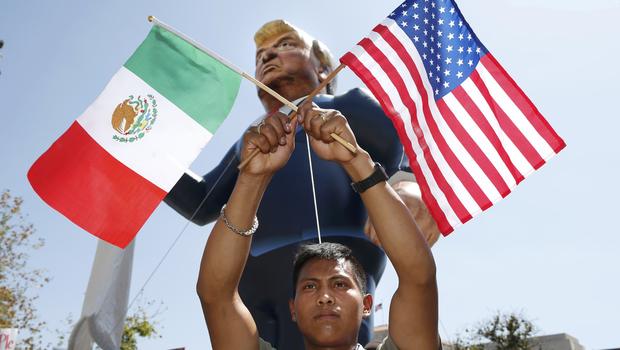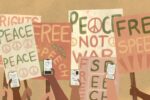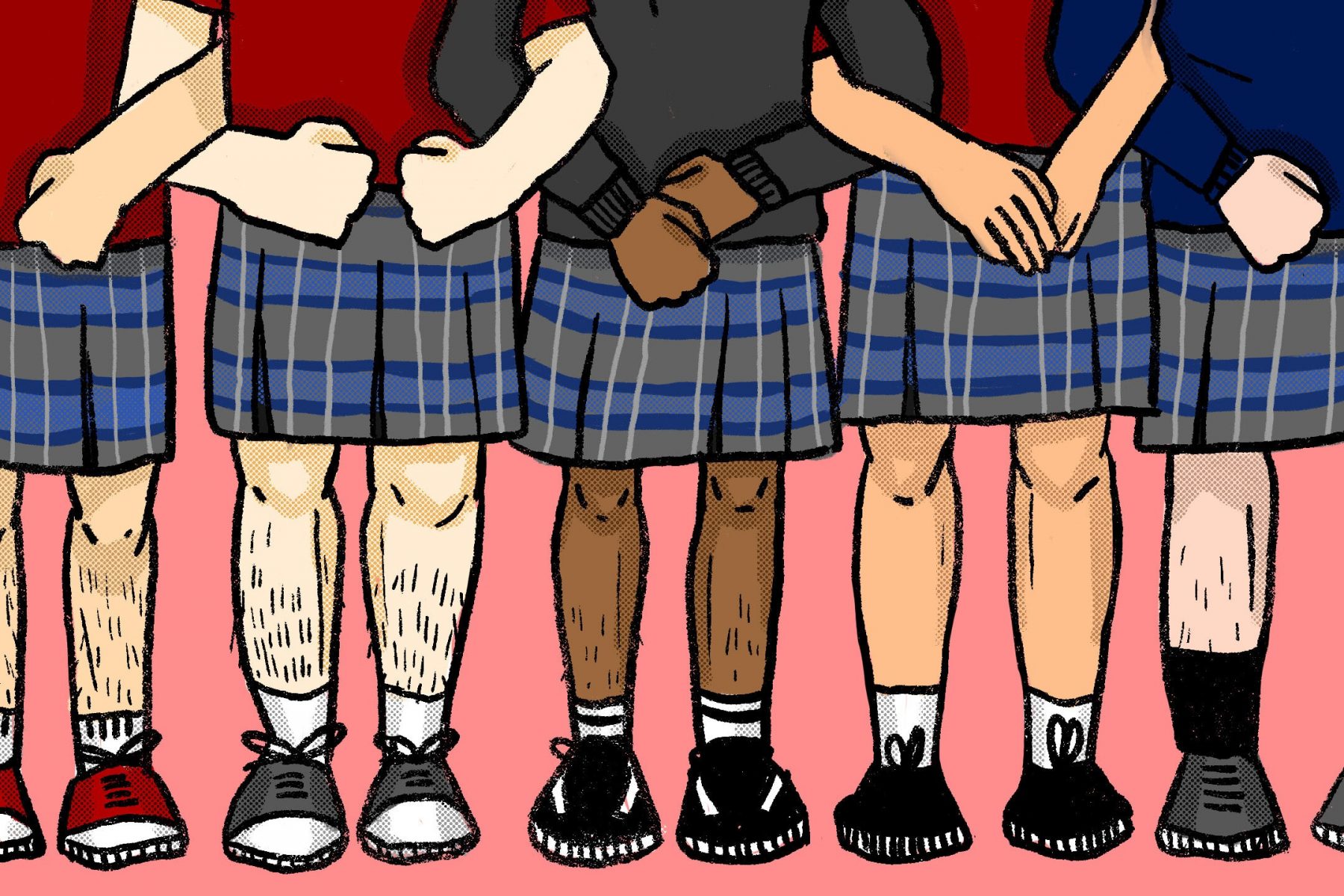Afraid of the Red, White and Blue
The American flag, meant to represent an “indivisible” country, is for some a symbol of intolerance and hatred.
By Alli Guaman, Marymount Manhattan College
Perseverance, strength and unity are among the virtues represented by the American flag.
Ernest Gellner’s “Nations and Nationalism” pays a brief homage to national flags as “pervasive cues in the political mindscape of many nations,” making an appearance as decorations on homes, schools, government buildings and adorning cars. Flags serve to reinforce national sentiments, and they instill patriotism to those around them.
The Department of Psychology of New York’s Cornell University observed the long-term effects of U.S. flag exposure on Republicanism, and published a study of the same name in 2008. A direct correlation had been found between exposure to the American flag, no matter how brief, and Republican “beliefs, attitudes and voting behavior” in both Republican and Democratic participants. Even participants who disagreed with Republican ideals found themselves identifying with said ideals.
This doesn’t sit well with students who have associated ideal American values (such as liberty, equality and honesty) with the Democratic Party, which has been committed to providing all people with an equal opportunity to reach the American Dream, including the disenfranchised and the less fortunate. According to Kristen Parla’s article, the Republican Party is associated with just the opposite, where the ideology is “in all that people can do for themselves, the government should not interfere.”

Thus, due to the election of Republican Donald Trump, the American flag has become an unfavorable Republican symbol amongst liberals and Democrats, most of whom are college students. This opposition to the Republican Party can be seen during the 2016 election, where 63 percent of college students voted against Republican candidate Donald Trump (as according to the National Election Poll).
After the electoral victory of President Donald Trump, students took immediate action. The day following the election (and even a couple of days after that), liberal schools retaliated against the election results by removing the American flag during the day and burning it during the night.
Hampshire College, located in Massachusetts, removed the American flag from the campus center before burning it at dawn just before Veteran’s Day. The students’ reasoning was that the flag was a symbol of racism and hatred.
Jonathon Lash, the president of this small liberal arts school, stated that the flag is a “very powerful symbol of fear they’ve [people of color] felt all their lives because they grew up never feeling safe.”
However, he was quick to counter his own statement by including the fact that, to some, the American flag was “a symbol of their highest aspiration for their country.”
Similar events happened on the American University Campus in Washington, D.C. The day after president Donald Trump won the election, protestors took to marching around campus, burning American flags with their lighters. Chants of “F- white America!” could be heard.
In a California high school, T-shirts that bore the American flag were banned on the Mexican holiday Cinco de Mayo. A group of Mexican students were having an intimate gathering during the holiday when a group of white students, wearing American flag apparel, paraded around waving American flags and shouting “U.S.A.” repeatedly. The Mexican students complained, calling the group of white students “racist” and, ultimately, calling the American flag the same term.
Teaching Tolerance, a nonpartisan organization that prefers to remain apolitical, conducted a survey between March 23rd and April 2nd of 2016, asking approximately 2,000 schoolteachers to share how the presidential campaign was affecting their students and their teaching. The overall results show that the impact was a negative one.
Marginalized students, including immigrants, those who were born into a family of illegal immigrants, Muslims, African Americans and those who identify as LGBTQ, have reported a heightened anxiety over a possible Trump presidency. Six out of ten students have experienced some sort of hate speech targeted against them due to their ethnicity or the candidate for which they have voted. The further one delves into the results of the survey, the more one can see how the negativity progresses.

The American Freshman, a study conducted by the Cooperative Institutional Research Program (CIRP), showed that the same statistics applied to the majority of college freshmen throughout the nation. A different study conducted by The Higher Education Research Institute, surveyed 141,189 people who were representatives of the country’s first year, full-time students enrolled in a four-year college.
The survey found that nearly nine percent of the total number of college freshmen (African Americans and Latinos more readily expressed these views than white and Asian American students) were planning on partaking in student protests on campus, which most often involved the desecration of the American flag.
Henry Ward Beecher said, “A thoughtful mind, when it sees its nation’s flag, sees not the flag, but the nation itself. And whatever may be its symbols, its insignia, he reads chiefly in the flag, the government, the principles, the truths, the history that belongs to the nation that sets it forth. The American flag has been a symbol of Liberty and men rejoiced it.”
The underlying tension regarding the American flag doesn’t seem to be slowing down. The reasons to fear a Republican presidency (as stated above) have manifested into violent action. Whether the American flag appears to be representative of the nation’s future or an outright exclamation of racism, students have steered away from the incorporation of such a controversial flag into their second homes.

















